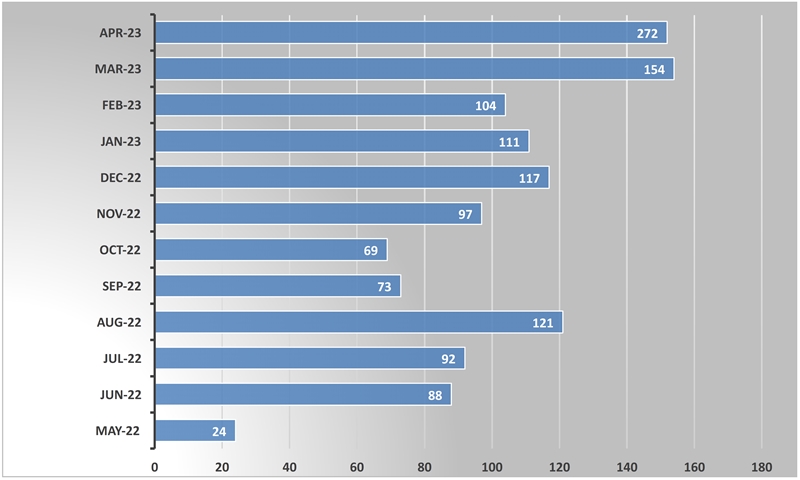Published on July 07, 2023
Introduction:
Simulation-based driving training is the newest technological advancement in employee learning. Studies across the globe have shown that this kind of training allows for an immersive, all-encompassing experience. Since the 1940s, simulators have been gaining ground and consolidating themselves as “efficient” and risk-respectful tools for driver training under controlled risk conditions. Nowadays, it is considered a most effective and useful training method for both novel and experienced drivers. It is becoming a popular method to train drivers around the world as it is experience based and safe. The driving simulator replicates actual vehicle controls with a virtual environment, offering an immersive experience for drivers. Driving simulators help in the quantitative evaluation of driving behaviours without exposing drivers to be at risk of physical injuries during their assessment. Simulation training, as the name suggests, creates a Virtual Reality (VR) scenario for drivers to familiarise them with driving conditions. By simulating real-life situations, it provides an optimum way for employers to assess the driving skill and the decision-making capabilities of their drivers. Organisations can now benefit from the reduced risk factor during training by creating online simulations while still providing real-life learning experiences.
Photographs/diagram:

Advantages:
The simulator-based training and assessment have the following advantages:
- Accurate and immediate feedback
- Efficiency and knowledge retention
- Ergonomically safe and handy
- Opportunity to learn from mistakes
- Immersive and realistic training environment
- Improved effectiveness of training by the reduction in time and cost of physical training and assessment
- Benefits like controllability, reproducibility and standardisation compared to real vehicles
- Helps in the quantitative evaluation of driving behaviours without exposing drivers to risk of physical injuries during their assessment
Disadvantages of driving simulators:
However, simulators have several known disadvantages and challenges, including:
- Limited physical, perceptual, and behavioural fidelity
- Simulator discomfort, especially in older people or under demanding driving conditions
Conclusion:
- Simulation is a field that is increasingly incorporated into our daily lives. In recent years, research has emerged with new methods to measure simulation-based learning and because of the increasing potential of computer technology, we foresee increasing use of driving simulation in every area. Low-cost virtual-reality applications will come within the reach of many organisations. In TSM, it became an integral part of our safety training process.
Overview Of Simulator-Based Driving Safety Training & Assessment At TSM (Fy’23)
- The road safety Simulator training centre was established on April 7- 2022, at TSM for training and assessment of drivers/operators
- A total of 1684 drivers are covered in FY-23 in simulator training and assessment, out of which 1050 drivers were cleared for their assessment
- Three batches of defensive driving training were conducted for those drivers who couldn’t pass in their simulator-based assessment
- Nine batches of refresher courses were conducted in FY-23




